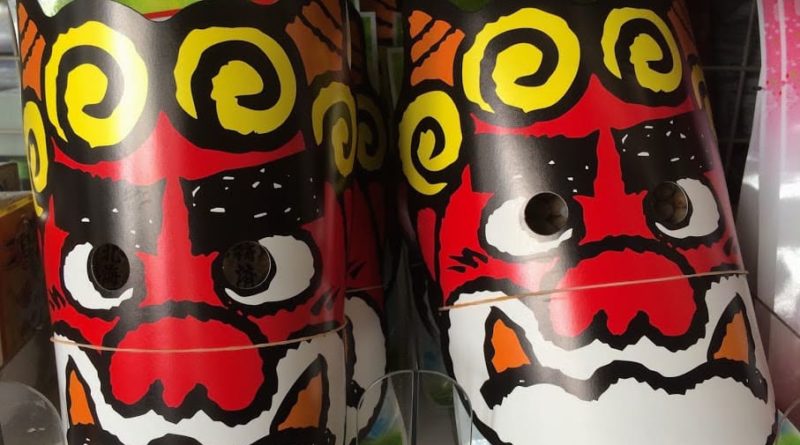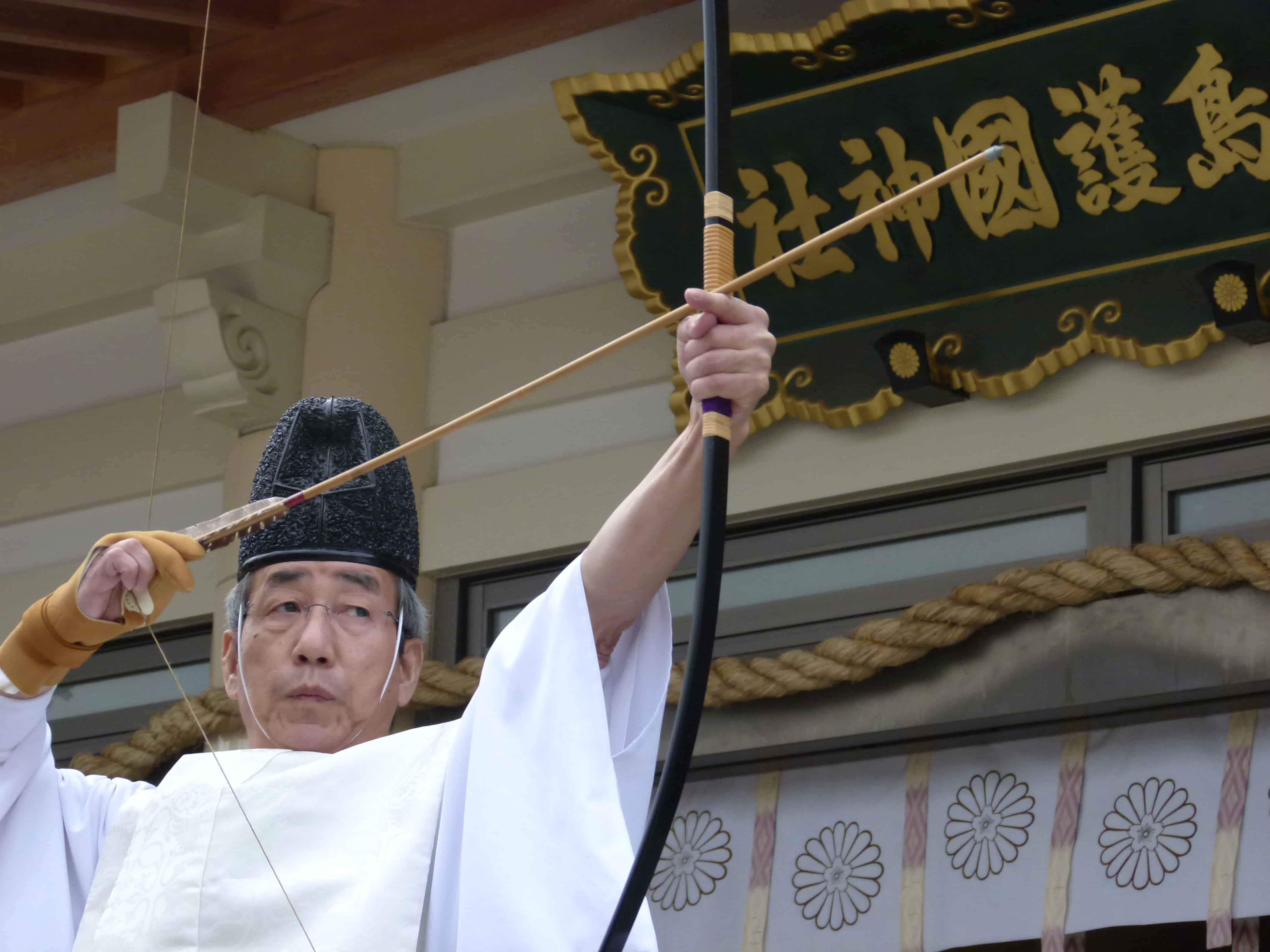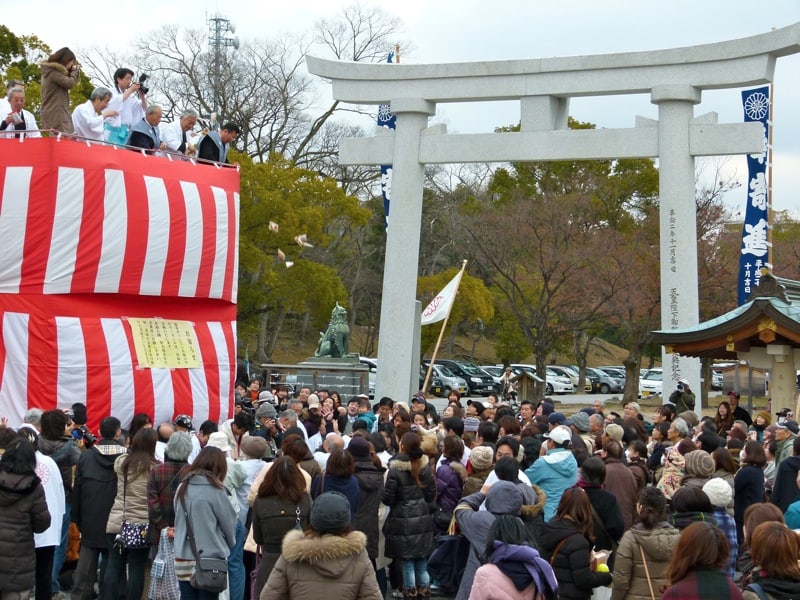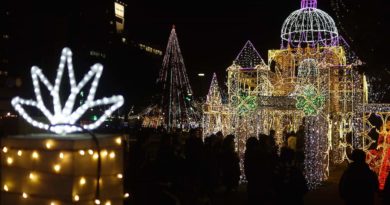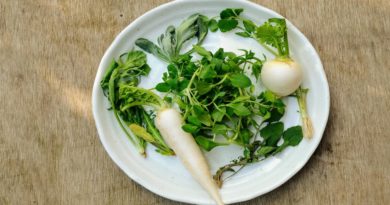Setsubun: demons, beans, fish heads, sushi and screaming children
Although temperatures in early February may make it hard to believe, Setsubun marks the coming of spring. On February 3, people perform oni harai, put on demon masks and scare the life out of little kids, eat giant sushi rolls, spear stinky fish heads, and fight for lucky bags of snacks.
Mame-maki
A cleansing ritual to ward off bad luck performed by families, in many schools, and at temples and shrines. People take a handful of the beans and throw them outside while shouting Oni wa soto! (Demons, get out!). They then throw another handful inside, shouting Fuku wa uchi! (Good luck, come in!). Often someone plays the part of the oni (ogre or demon), who, after scaring the crap out of the kids, runs outside covering his head and cowering while being bombarded by beans. Our kids are terrified of the oni and get quite nervous in the weeks running up to Setsubun. Finally, you eat the same number of beans as your age plus one. You can pick up your own Setsubun Set – an oni mask and a pack of soya beans, like the ones pictured above – at any convenience store or supermarket.
Ehoumaki no marukaburi
Advertisements for long, fat makizushi sushi rolls appear in the stores just after the New Year’s festivities come to an end. The eating of ehoumaki (恵方巻) on Setsubun, in one go without stopping, facing the years designated “auspicious direction” is, according to Wikipedia originally a Kansai custom that has spread nationwide due to the marketing efforts of the grocery and convenience stores.
2020’s fortuitous direction is West-southwest.
Sardines
 It’s also common in this part of Japan for families to eat grilled sardines. The really hardcore – or perhaps those with plenty of bad stuff to ward off – hang up grilled sardine heads in their doorways.
It’s also common in this part of Japan for families to eat grilled sardines. The really hardcore – or perhaps those with plenty of bad stuff to ward off – hang up grilled sardine heads in their doorways.
That should keep the NHK collectors away as well as the oni.
Events at Temples and Shines
If you don’t think just a couple of sardines are going to cut it, at Sumiyoshi-jinja shrine maidens grill a thousand sardine heads and waft the evil-repelling stench aroma over visitors with giant paper fans. They even spear the heads with sticks for people to take home. They claim that the ritual dates from the Heian times, and the roasting and wafting starts at 2pm.
Every year a few thousand people crowd into the precinct in front of Daisho-in Temple on Miyajima for mame-maki bean throwing, taiko drumming and to try and grab a bag of lucky mochi chucked into the crowd by lucky men and women, toshi-otoko and toshi-onna, with the same Chinese zodiac sign as that of the coming lunar year. Below are a couple of videos from Daisho-in.
Daisho-in Setsubun Schedule:
- 11:00 Buddhist ritual
- 12:30 Miyajima Taiko performance
- 13:00 Bean-throwing (mamekaki)
A lot of people in the city also head to Gokoku-jinja Shrine, next to Hiroshima Castle. After a ritual performed in the shrine building which includes a little bit of bean throwing, the action moves outside and a shrine priest shoots arrows at a big image of an oni head. Then, there is quite a battle to grab bags of lucky beans thrown from the top of a tower erected in the shrine precinct. Some of the bags of beans have lucky tickets attached to them which you can exchange for prizes. Things get going at Gokoku-jinja at 15:30.
Read more about Setsubun at Gokoku-jinja Shrine here.
A little later, another Setsubun ritual is held across the river at Sorasaya Shrine in Honkawa. The ceremony starts at 17:00 and the beans get tossed at 17:30.
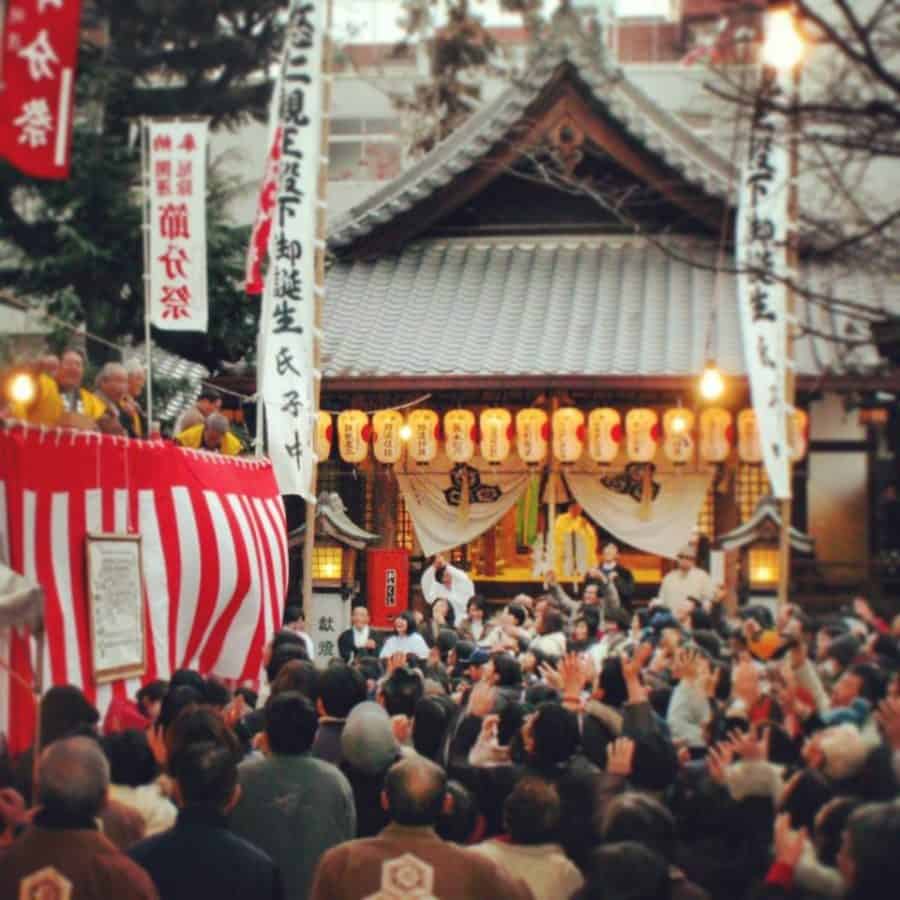
Out in Onomichi, a Setsubun ritual similar to that at Daisho-in is held at Saikoku-ji Temple between 11:00 and 12:30.


